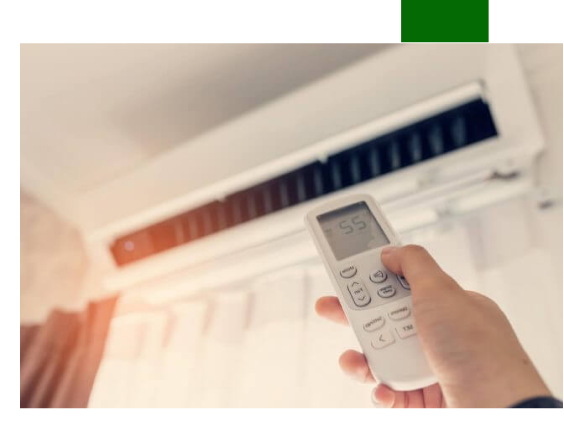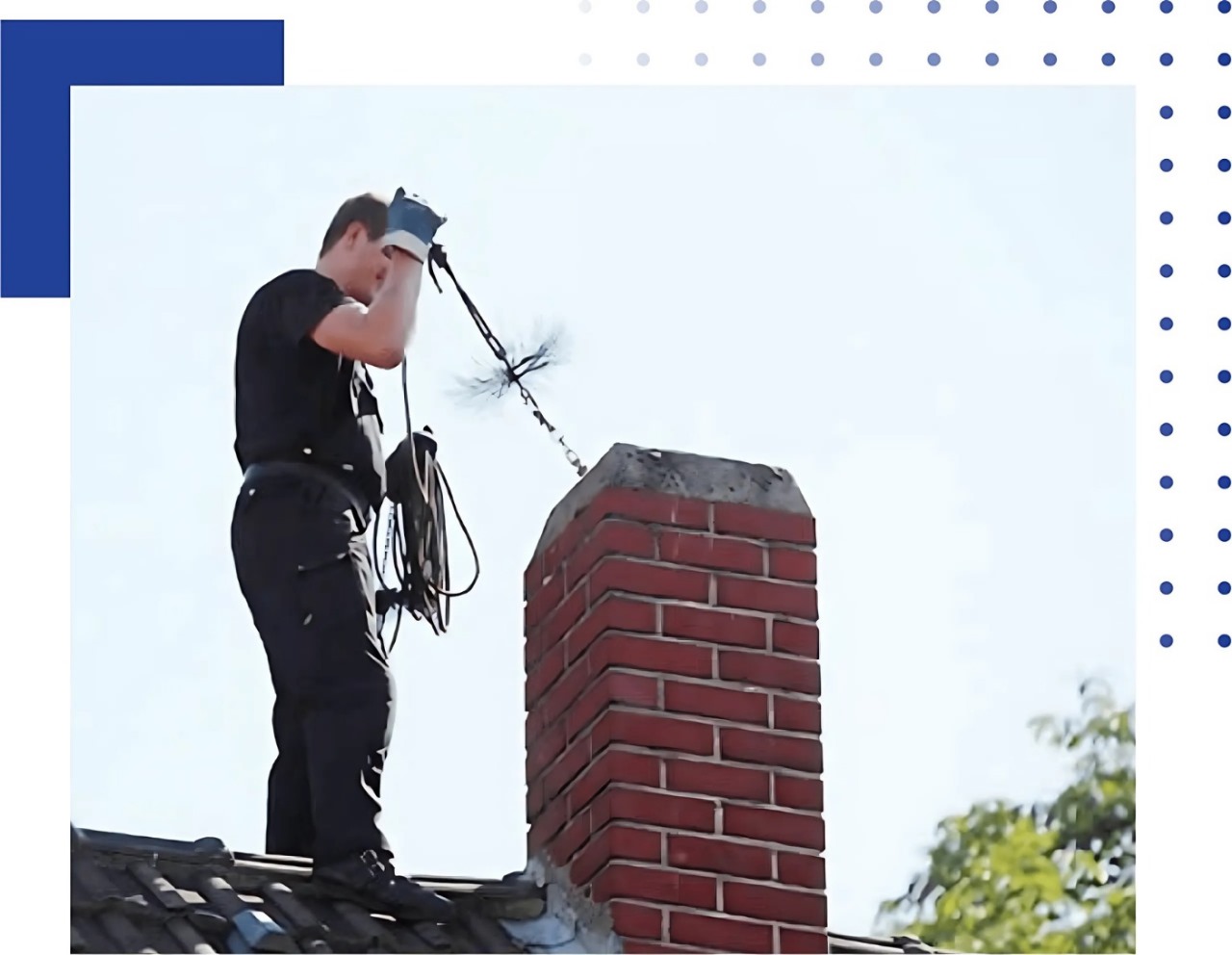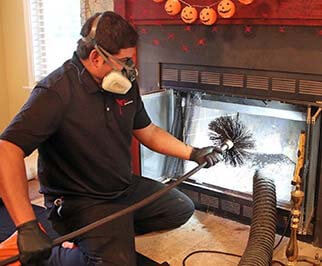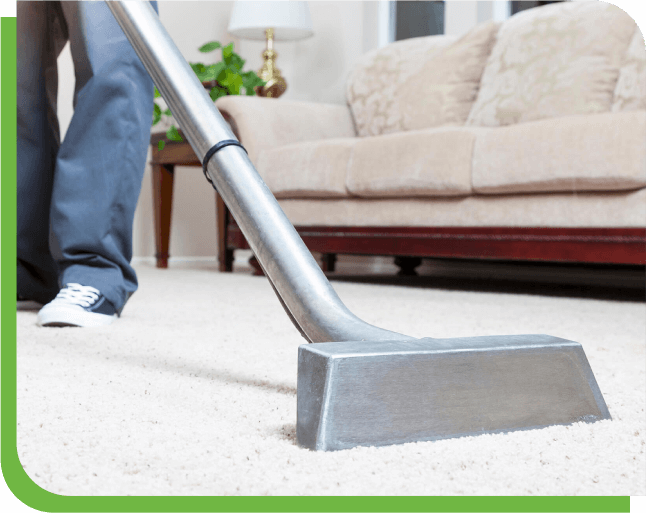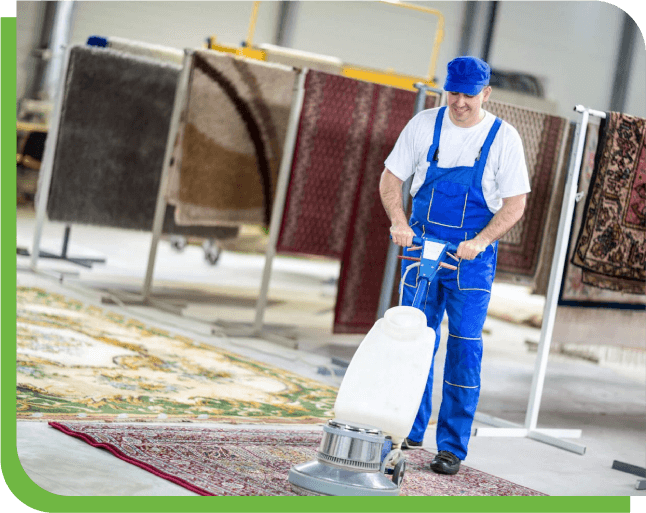Carpet Cleaning
DIY Carpet Steam Cleaning vs. Professional Services
Regular carpet maintenance not only preserves your flooring’s beauty but also promotes a healthier living environment. Deep cleaning, especially steam carpet cleaning, extends the life of your carpets by eliminating embedded dirt, bacteria, and allergens. But should you roll up your sleeves for a DIY approach or enlist professional help? Let’s explore both options to help you decide.
What Is Carpet Steam Cleaning and Why Is It Important?
Carpet steam cleaning—often called hot-water extraction—uses heated water combined with powerful suction to remove deep-seated grime, stains, and bacteria. Unlike surface cleaning, this method penetrates carpet fibers to refresh and sanitize without leaving behind harsh chemical residues. It’s also a go-to solution for tackling pet odors and stubborn stains that typical vacuuming can’t resolve.
Why Steam Cleaning Your Carpets Matters
Here’s why steam cleaning is a game-changer:
- Eliminates allergens and bacteria: Crucial for households with pets, kids, or allergy sufferers.
- Prolongs carpet life: Helps prevent fiber wear and tear, reducing the need for costly replacements.
- Removes deep stains and odors: The steam’s heat breaks down tough grime trapped beneath the surface.
- Eco-conscious choice: Utilizes minimal chemicals, making it safer for your family and the environment.
DIY Carpet Steam Cleaning: Pros and Cons
Many homeowners consider renting or purchasing a carpet steamer. Let’s weigh the benefits and drawbacks.
Benefits of DIY Carpet Steam Cleaning
- Cost savings: Renting a machine is generally less expensive than hiring a service.
- Flexible timing: Clean at your convenience.
- Quick fixes: Easily address accidental spills and stains as they occur.
Downsides of DIY Steam Cleaning
- Weaker equipment: Household machines lack the heat and suction power of professional-grade units.
- Longer drying times: Excess moisture may linger, increasing the risk of mold.
- Risk of damage: Over-saturating or using too much detergent can harm carpet fibers and padding.
- Labor-intensive: Moving furniture and handling the equipment can be exhausting.
Professional Carpet Steam Cleaning: Is It Worth It?
Investing in professional carpet cleaning often delivers better, longer-lasting results.
Advantages of Hiring Experts
- Superior equipment: Industrial machines clean deeper and dry carpets faster.
- Expertise: Trained technicians recognize carpet types and tailor cleaning methods accordingly.
- Convenience: No heavy lifting or technical know-how required.
- Lasting cleanliness: Deep cleaning promotes a healthier, fresher home environment.
Potential Drawbacks
- Higher upfront cost: Especially for larger homes or extensive services.
- Scheduling required: Must book in advance and coordinate appointments.
- Possible extra charges: Some companies charge more for stain treatments or high-traffic areas.
For trusted, eco-friendly results, consider green carpet’s cleaning—a leader in the field of professional carpet cleaning.
DIY vs. Professional Steam Cleaning: At a Glance
| Feature | DIY Cleaning | Professional Cleaning |
|---|---|---|
| Cost | Lower initial cost | Higher, but better value over time |
| Power | Basic consumer-grade | Industrial strength |
| Drying Time | 12–24 hours | 4–6 hours |
| Effort | Labor-intensive | Minimal for homeowners |
| Effectiveness | Moderate | Deep, thorough clean |
How Often Should You Steam Clean?
Recommended frequencies vary by household:
- Low-traffic homes: Every 12–18 months
- Homes with kids/pets: Every 6–12 months
- Allergy sufferers: Every 3–6 months
- Commercial spaces: Every 3–6 months
DIY Carpet Cleaning Tips for Success
If you opt to handle cleaning yourself, keep these pro tips in mind:
- Vacuum beforehand: Remove surface debris to maximize steam cleaning results.
- Use appropriate solutions: Choose detergents suitable for your carpet type.
- Avoid over-wetting: Excess moisture can cause mold and mildew.
- Ensure thorough drying: Open windows or use fans to expedite the process.
- Test cleaners in hidden spots: Prevent accidental discoloration or damage.
Frequently Asked Questions
Is steam cleaning safe for all carpets? Yes, but delicate fabrics like wool may need special care. Always follow the manufacturer’s advice.
How long until carpets dry? Professionally cleaned carpets typically dry in 4–6 hours, while DIY jobs may take up to 24 hours.
Can I walk on damp carpets? It’s best to wait until fully dry, but clean socks or shoe covers can protect the fibers if necessary.
Does steam cleaning remove pet odors? Yes. For severe cases, additional enzyme treatments may be necessary.
Is steam cleaning superior to shampooing? Absolutely. Steam cleaning uses less detergent, leaves no sticky residue, and provides a deeper clean.
Conclusion: Which Path Should You Choose?
DIY steam cleaning works well for routine upkeep and spot treatments. However, for comprehensive stain removal, odor elimination, and a healthier indoor space, hiring a same day carpet cleaning professional is the better choice.
Periodic professional cleanings will not only keep your carpets looking their best but also safeguard your family’s health and prolong your carpet’s lifespan. To attract more clients, many carpet cleaning businesses now leverage specialized online marketing solutions.
